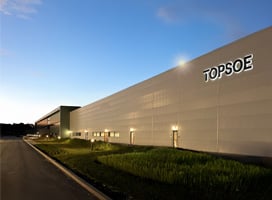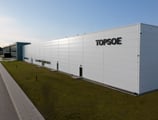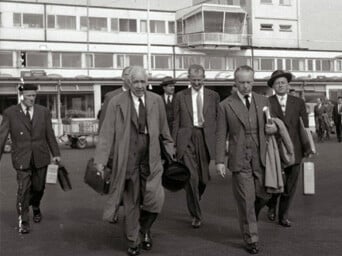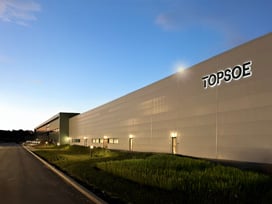Refiners are under pressure to produce more middle distillate products from heavy or renewable feedstocks. As an increasing number of countries move towards requirements for low and ultra-low sulfur diesel (ULSD) with a high cetane number, the refining industry faces a double-edged challenge in terms of meeting the ever stringent specifications for diesel fuel, while simultaneously producing more diesel product from lower quality feedstocks.
Topsoe has been at the forefront of the hydroprocessing catalyst technology for many years, and today, we are the market leader within the field of catalysts, licensed technology, and reactor internals for the production of ULSD.
.png)
























.png?width=900&name=Frame%204%20(24).png)
.png?width=900&name=Frame%204%20(26).png)



